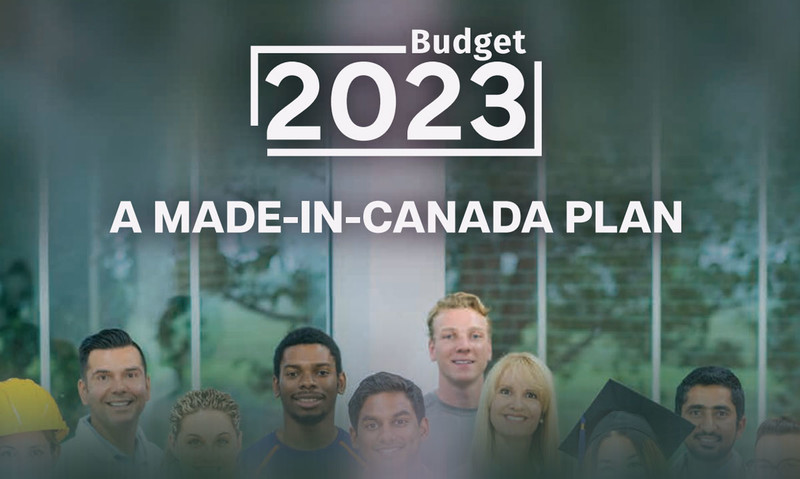The snow is melting, the sun is shining, and the birds are chirping, which can only mean one thing—the new federal budget just dropped!
Here’s how it might impact your finances:
-
Dental care: The fed plans to spend $13 billion over five years to help uninsured Canadians making less than $90,000 get dental care. Those earning under $70,000 won’t have to pay any portion of their bill out of pocket. Seniors, kids, and people with disabilities under the income threshold will be eligible this year.
-
Student grants: The Canada Student Grants program has been expanded, offering full-time post-secondary students up to $4,200—a 40% increase. Also new this year is the ability for students to pull more from their Registered Education Savings Plan (RESP), from $5,000 to $8,000.
- Grocery rebate: This is a one-time GST rebate for low-income Canadians who earned less than $39,826 in 2021. The $2.5 billion measure will dole out $467 for a family of four, $238 for single people and $225 for seniors.
What else? The budget also outlines plans to address junk fees for concert tickets, a right-to-repair framework for devices and a national flood insurance plan.
-
Loan limits: 35% is the new maximum amount of interest lenders can apply to loans as the government targets predatory lending. There are plans to amend the criminal code to ensure this happens.
- Improved air passenger rights: A proposed $1.8 billion over five years to improve service, security and screening at Canadian airports, but travellers will be helping fund the improvements through increased Air Travellers Security Charges. You’ll pay almost $5 more for a roundtrip domestic flight and $10 more for international flights.
Yes, but: The big focus was green tech and energy investments with a plan that dedicates $67.3 billion over five years to the sector to compete with the US Inflation Reduction Act.
Bottom line: The modest measures will provide some relief for working-class Canadians, but the budget mostly ignored the elephant in the room—housing affordability. Besides re-introducing the First Time Home Buyer’s plan, no plans were mentioned to address the lack of affordable housing nationwide.
